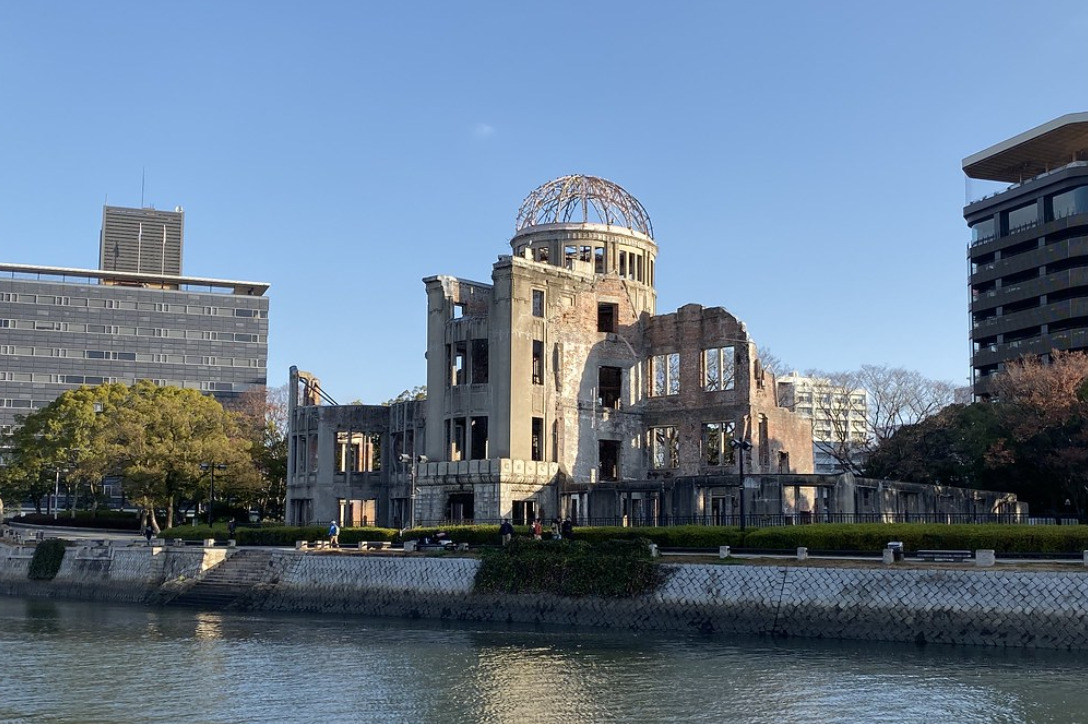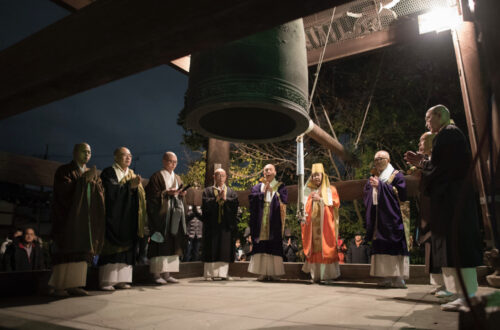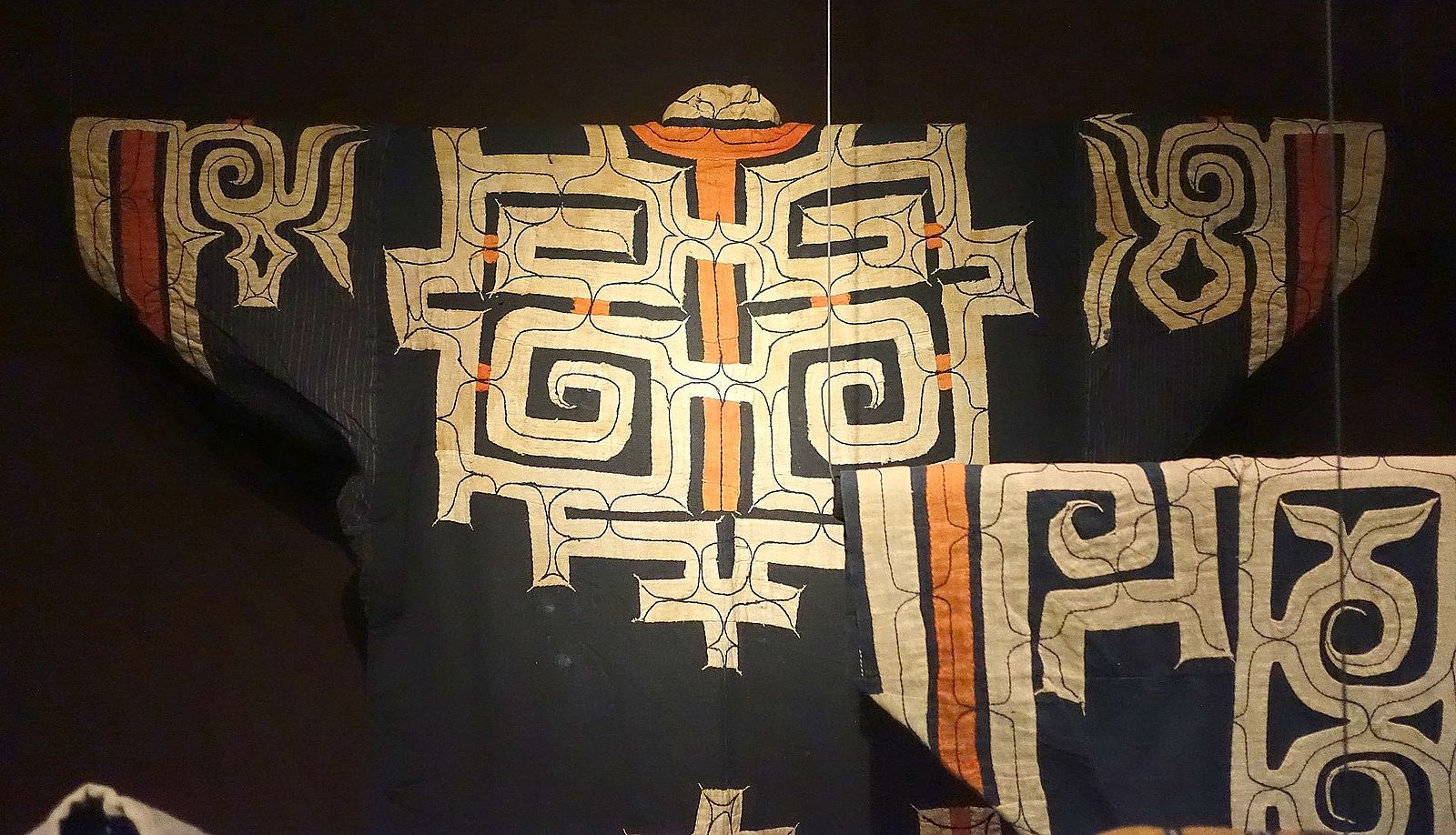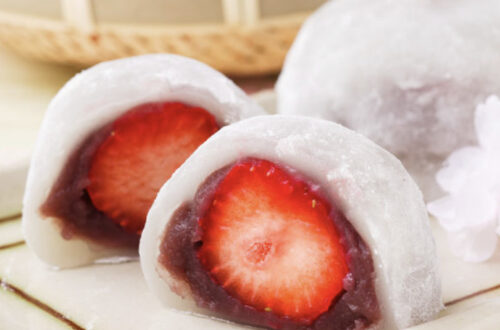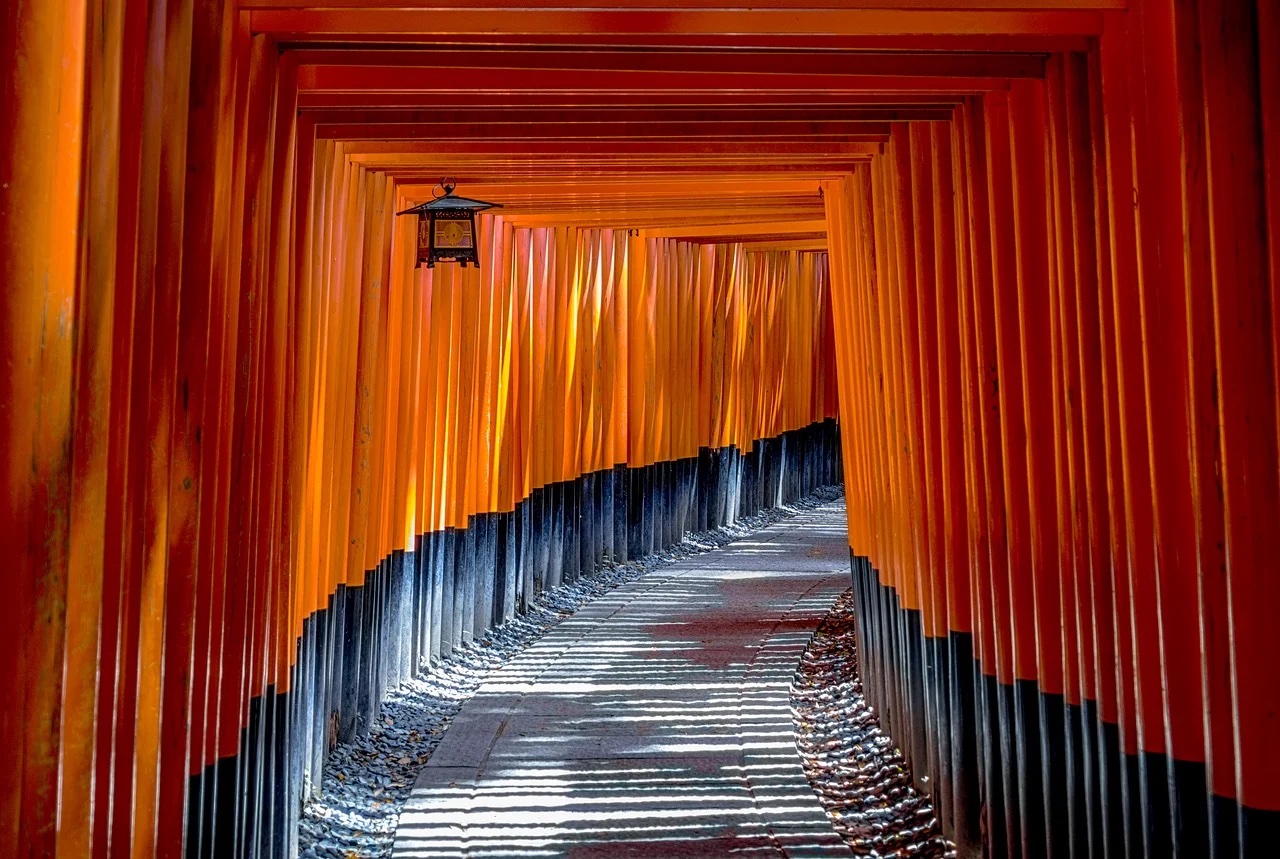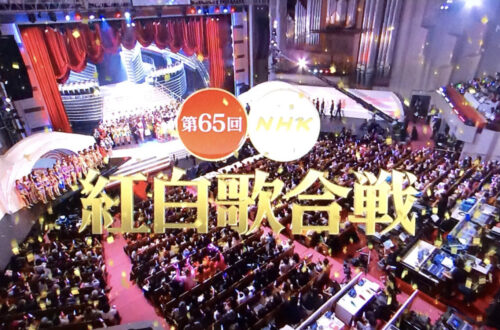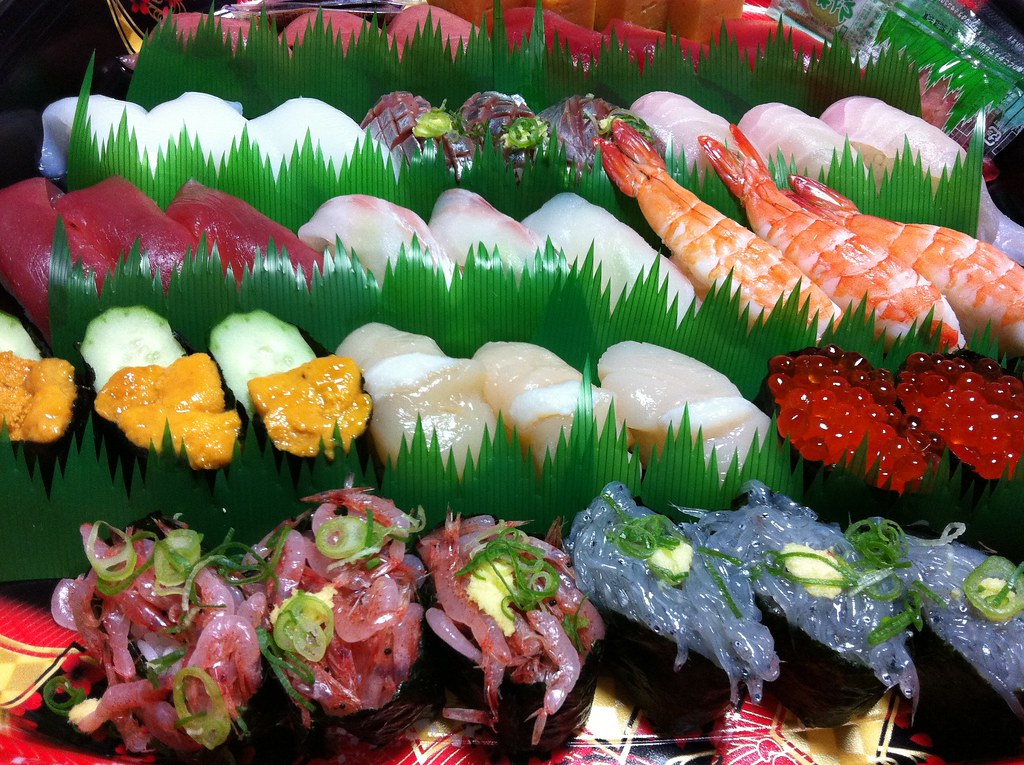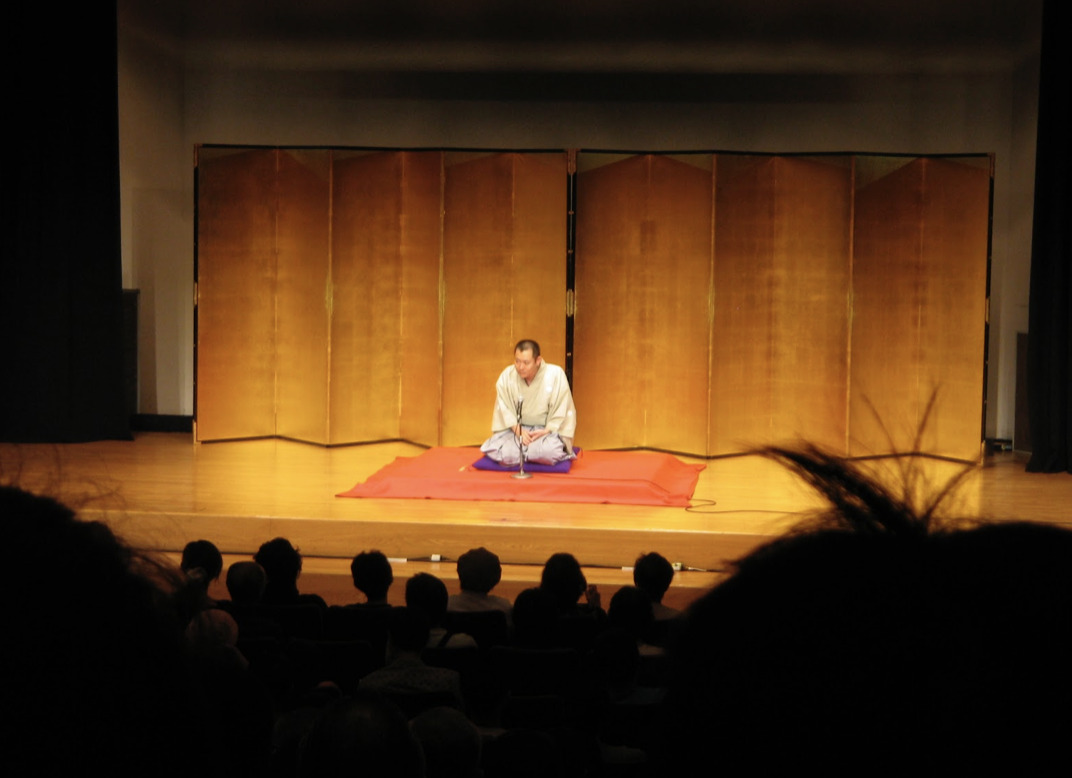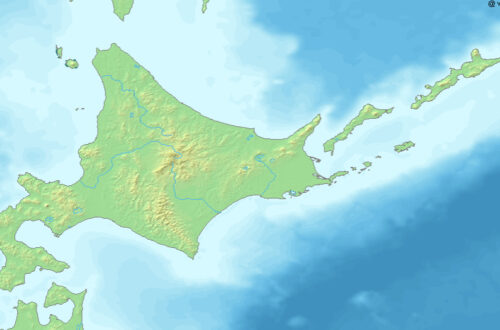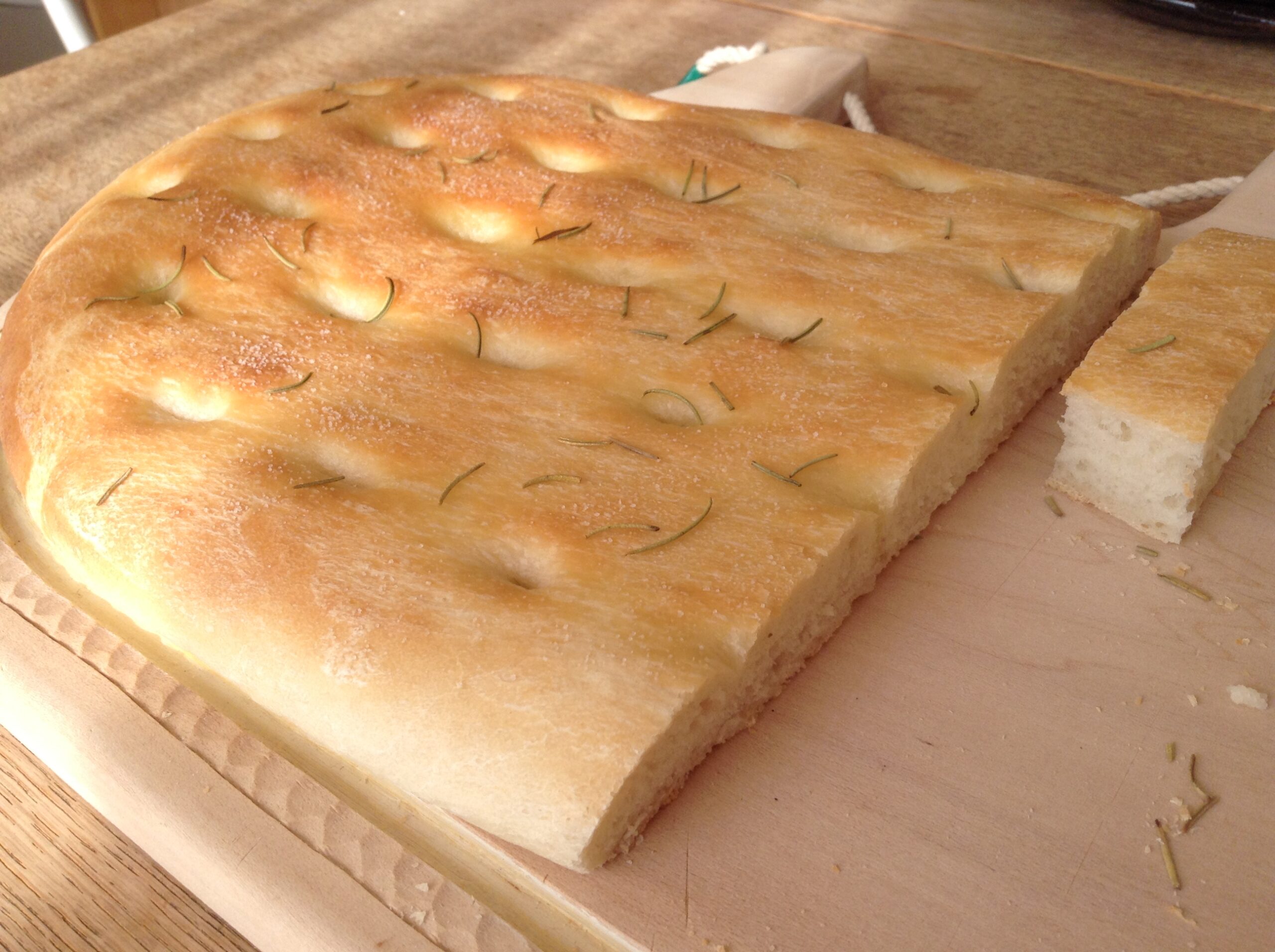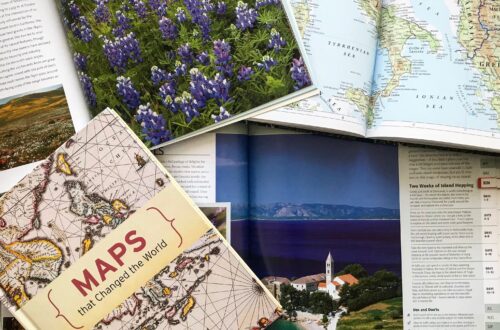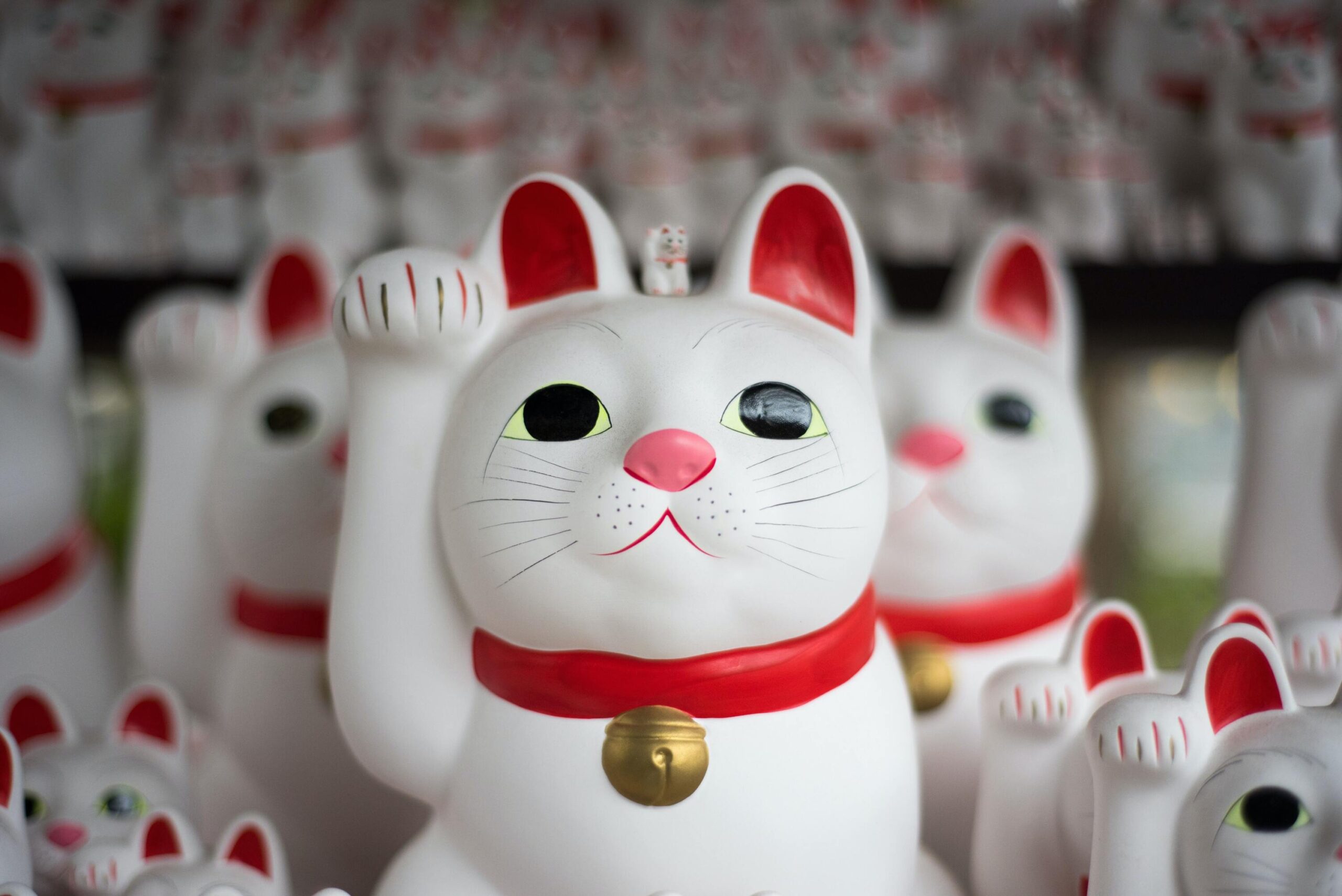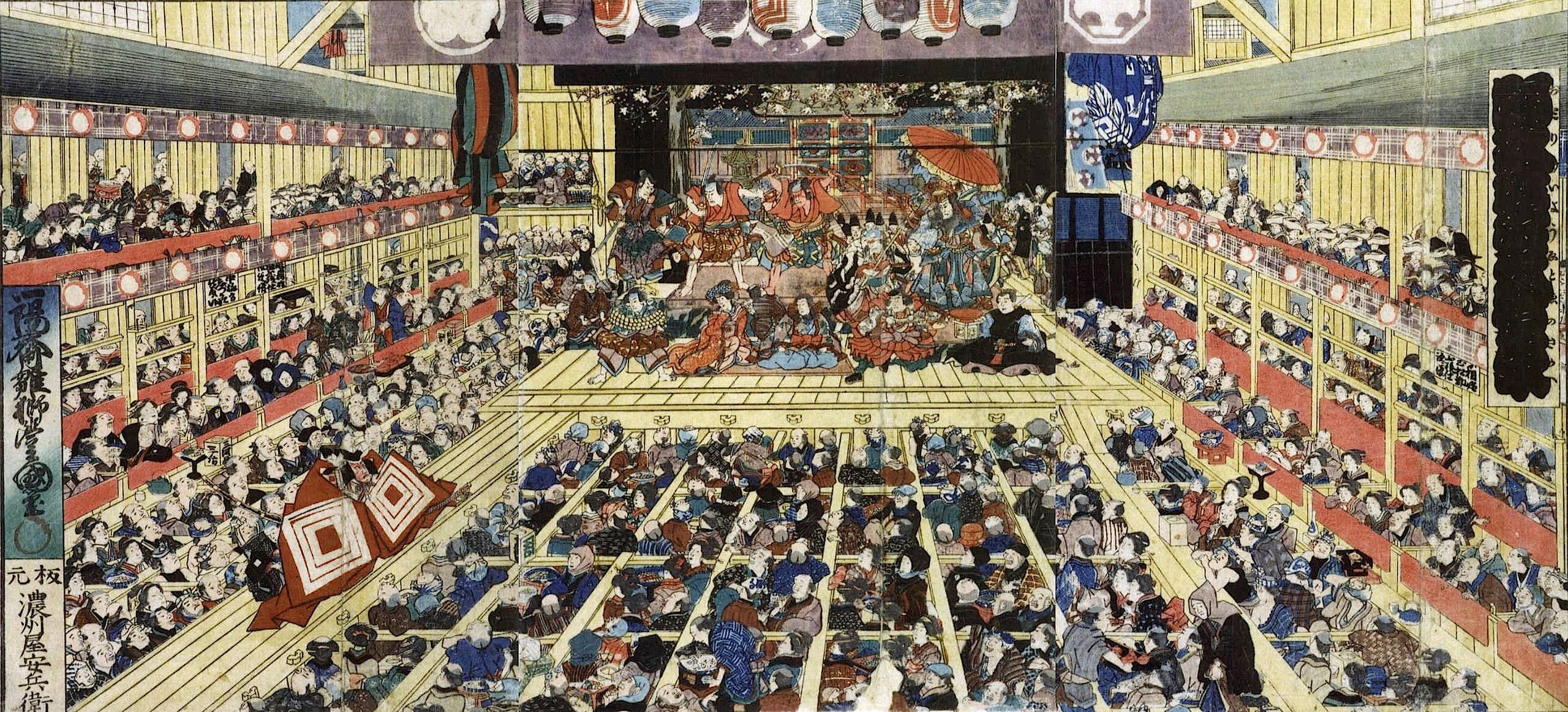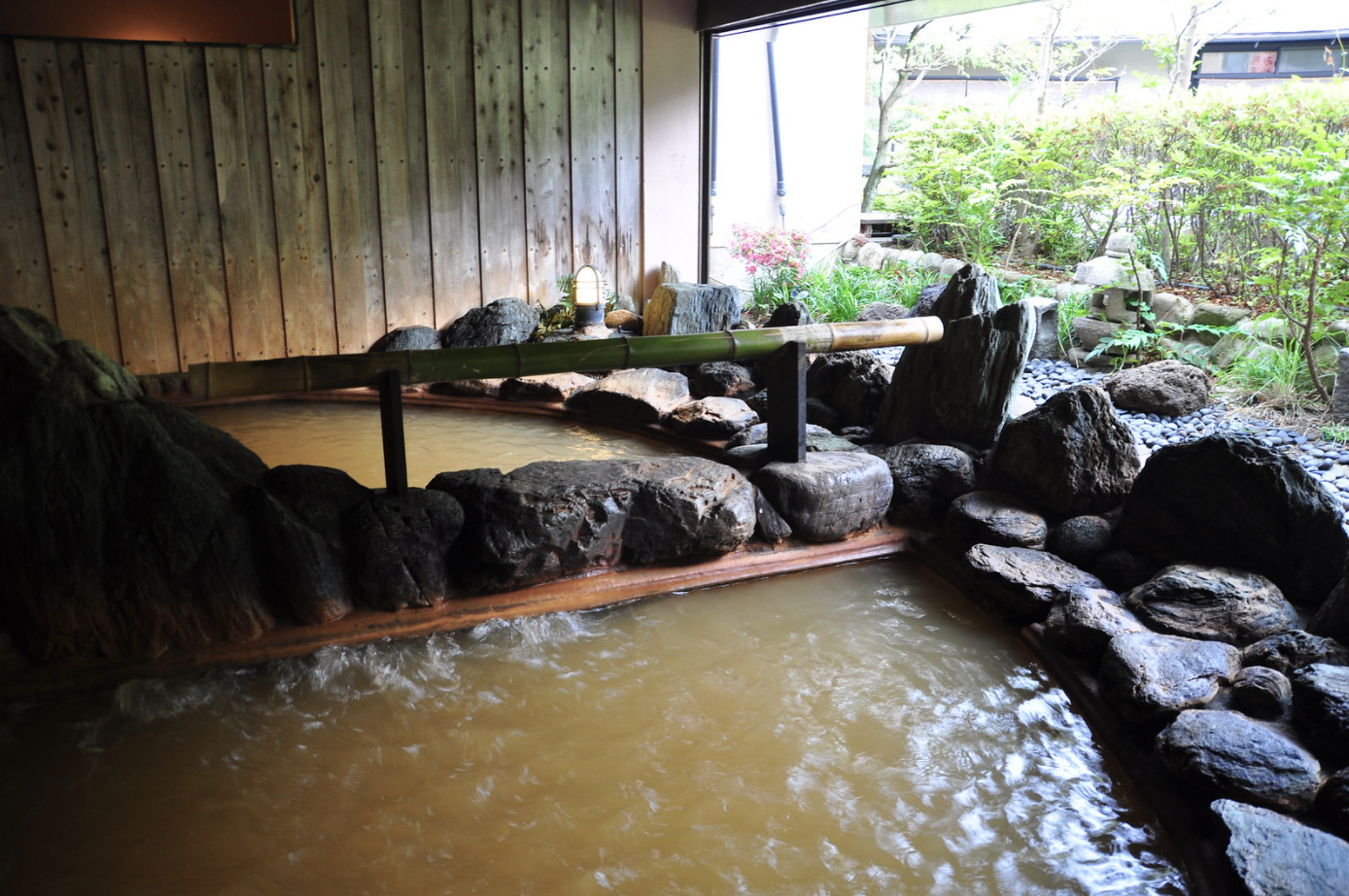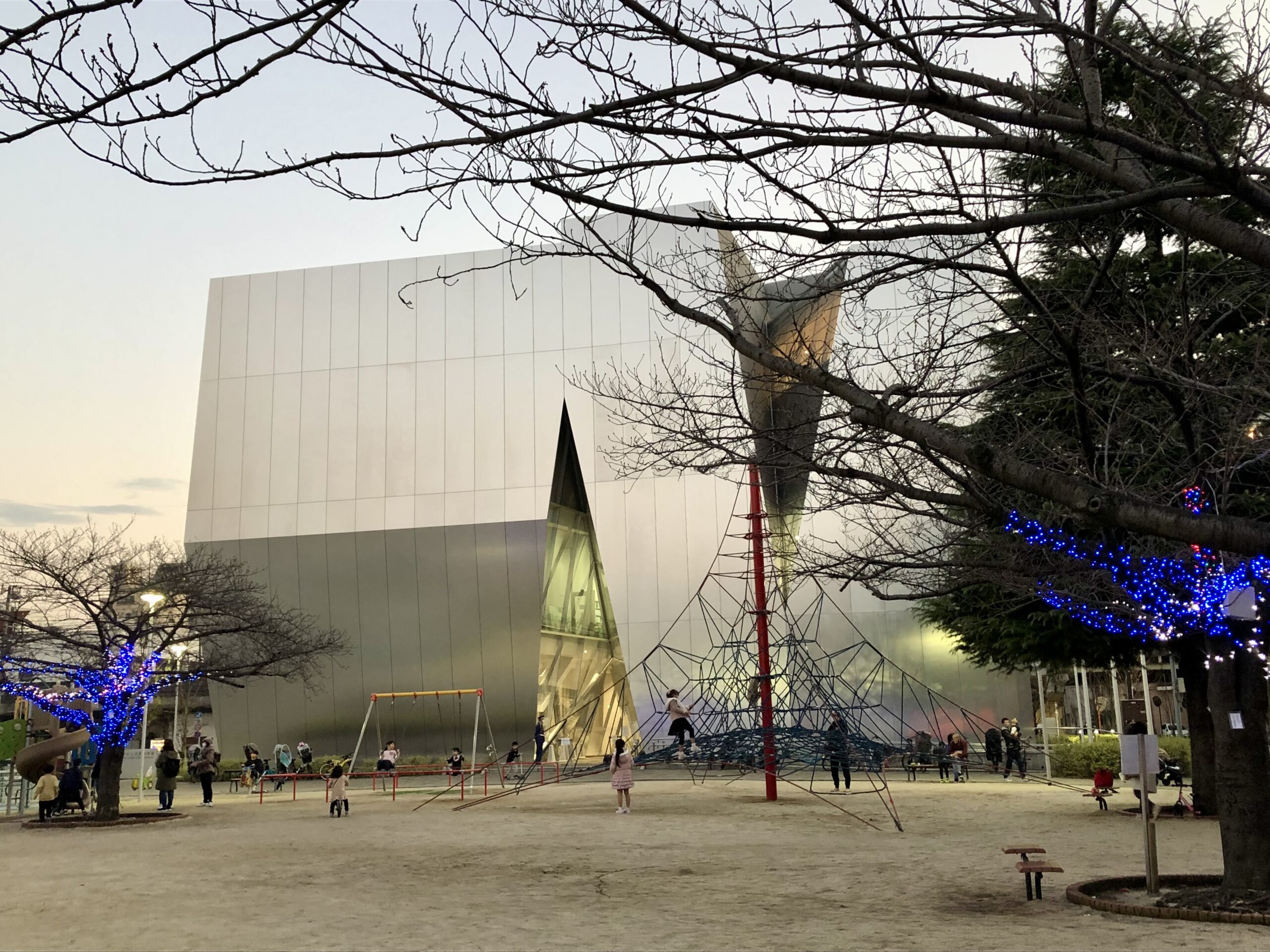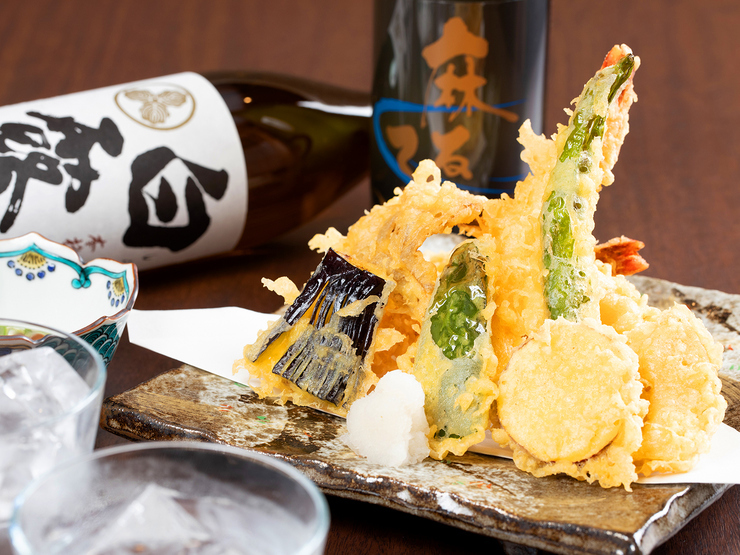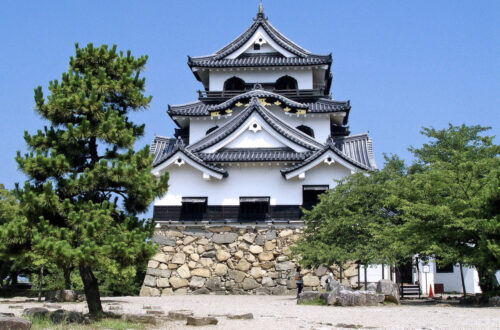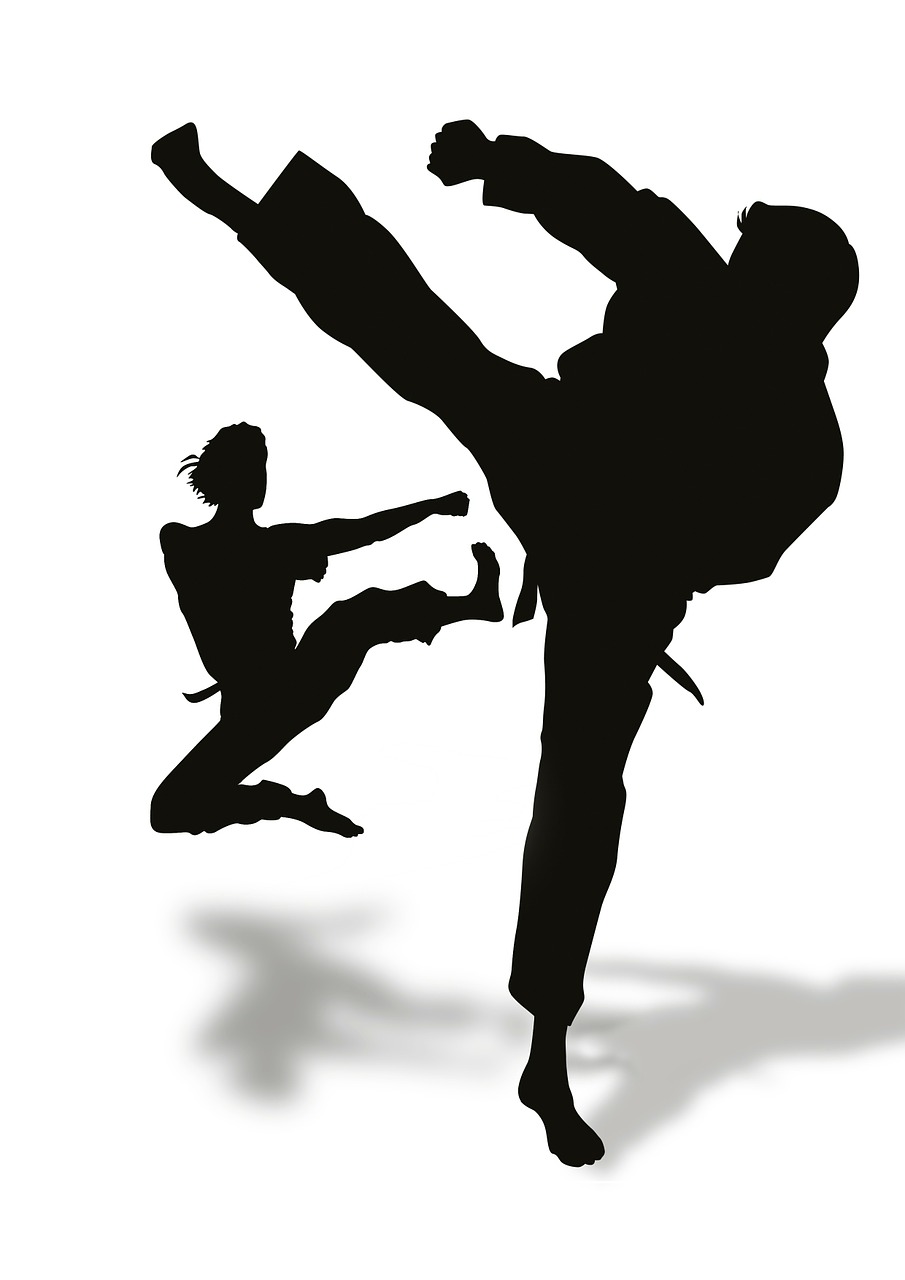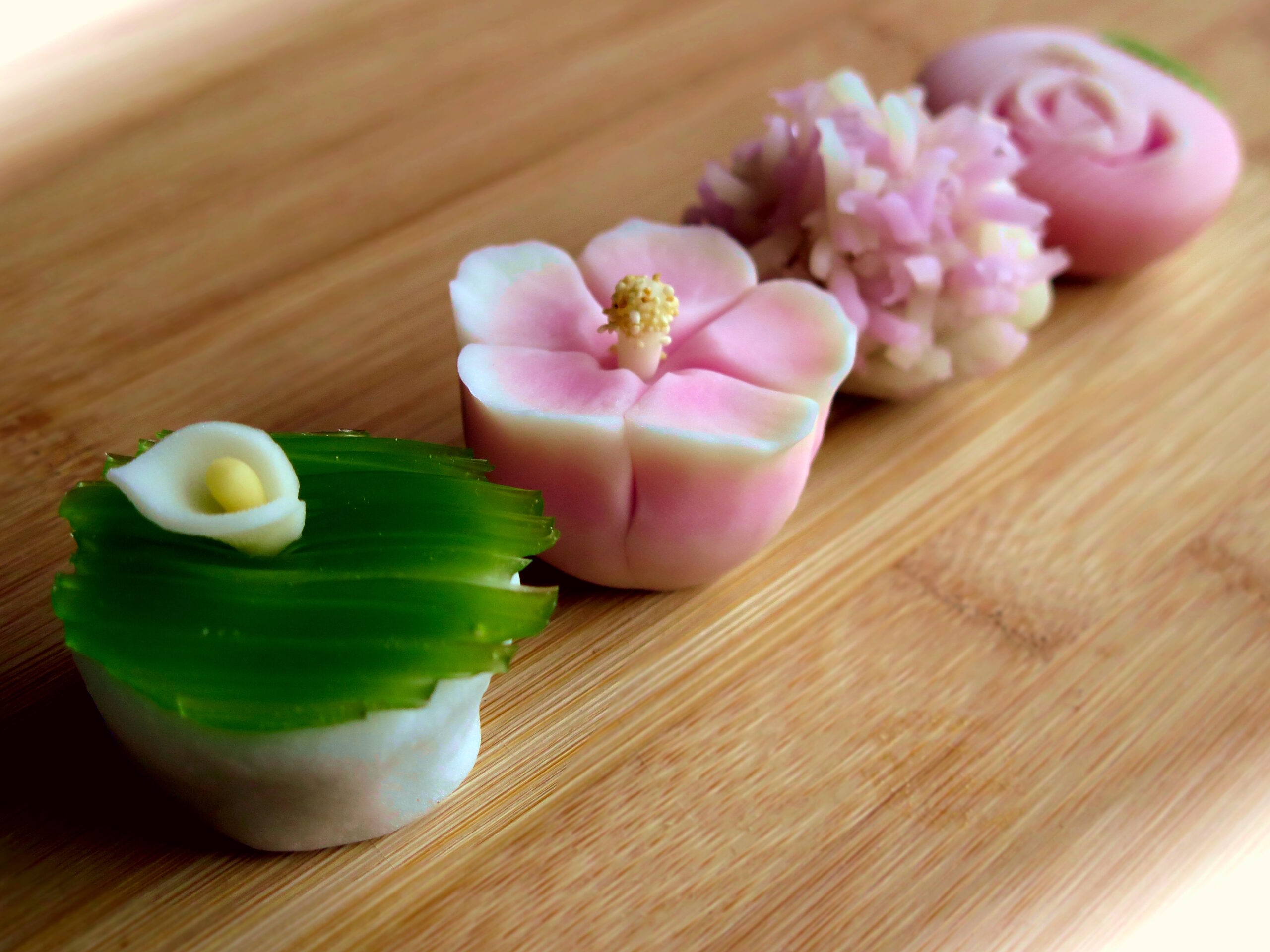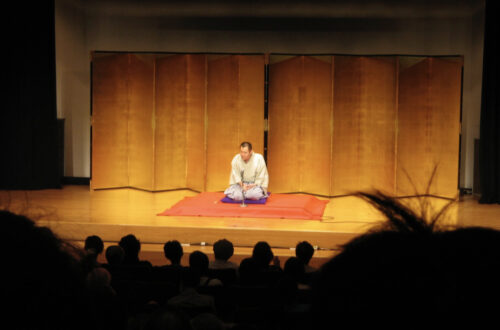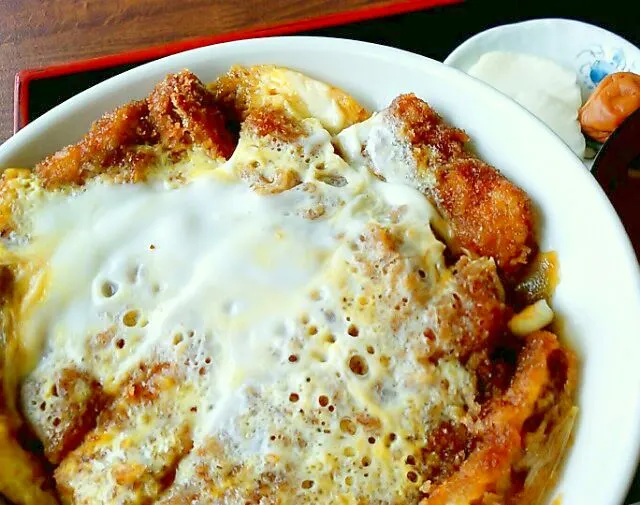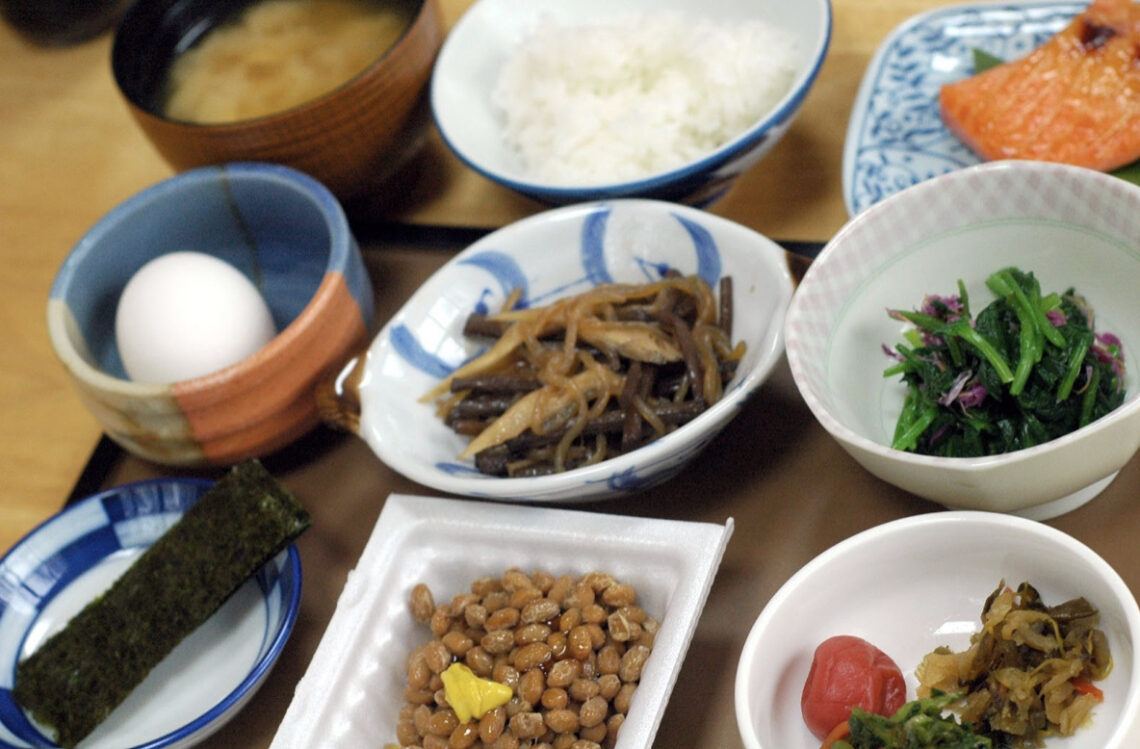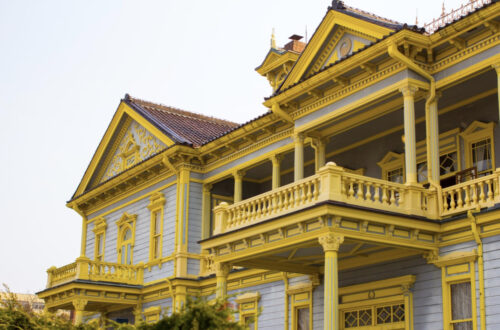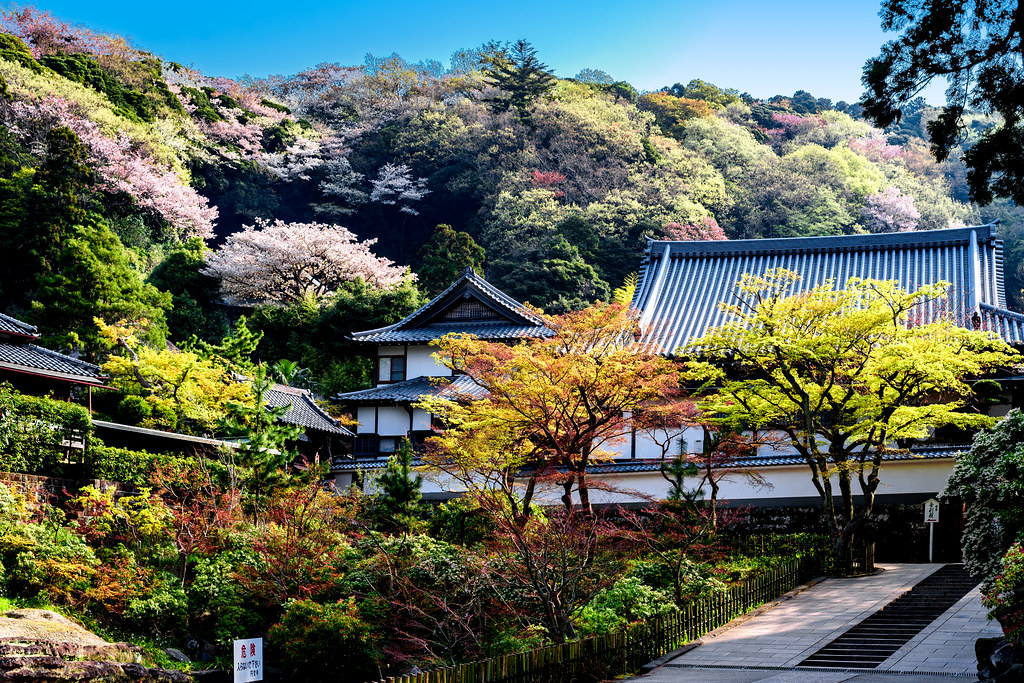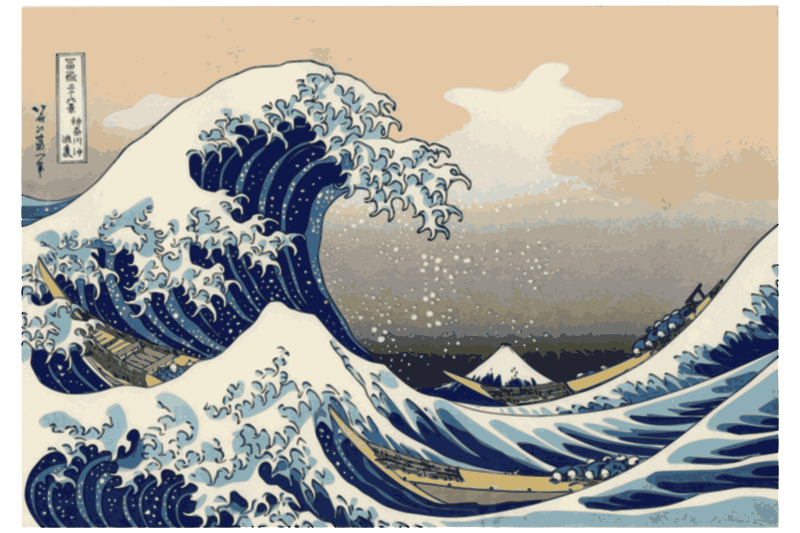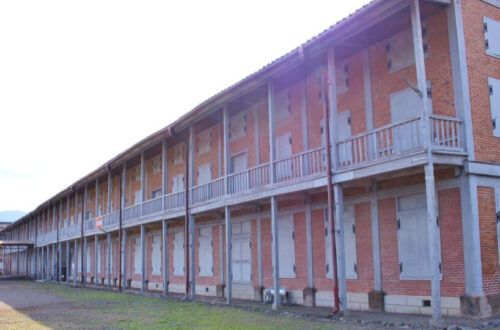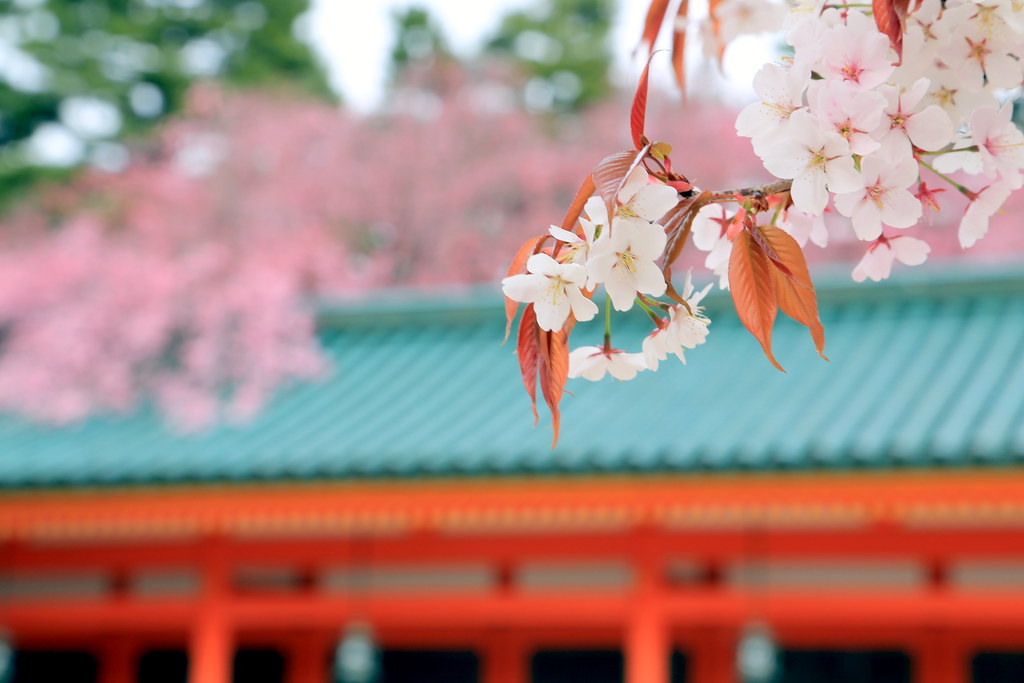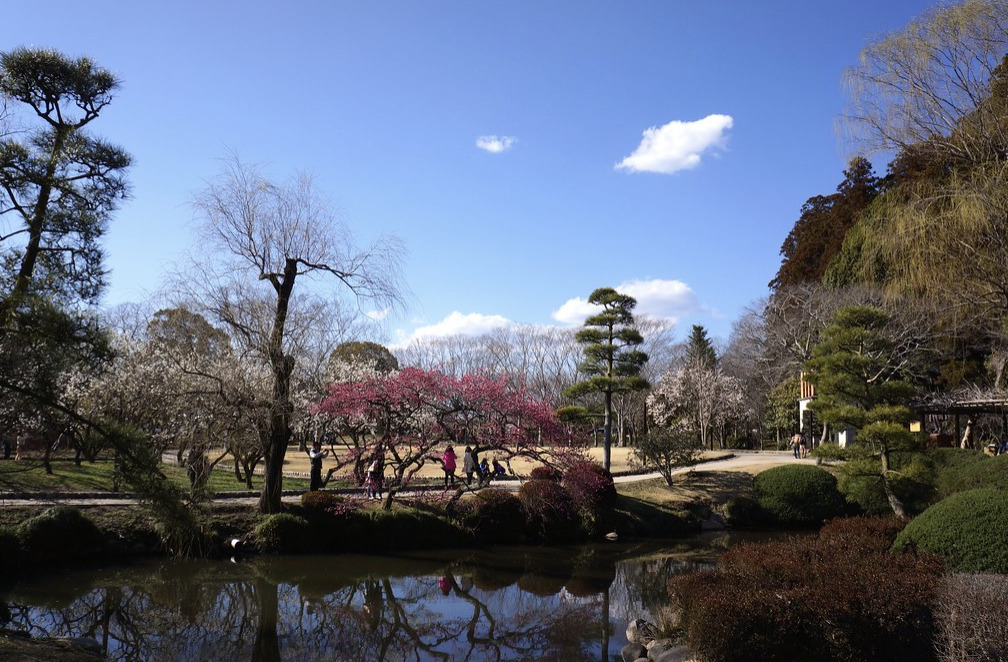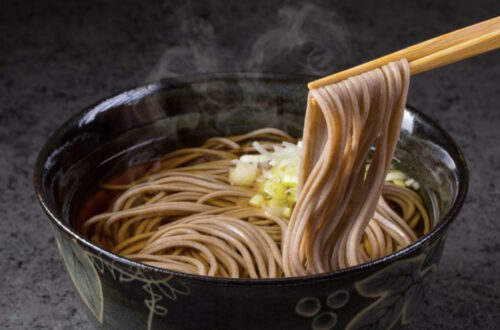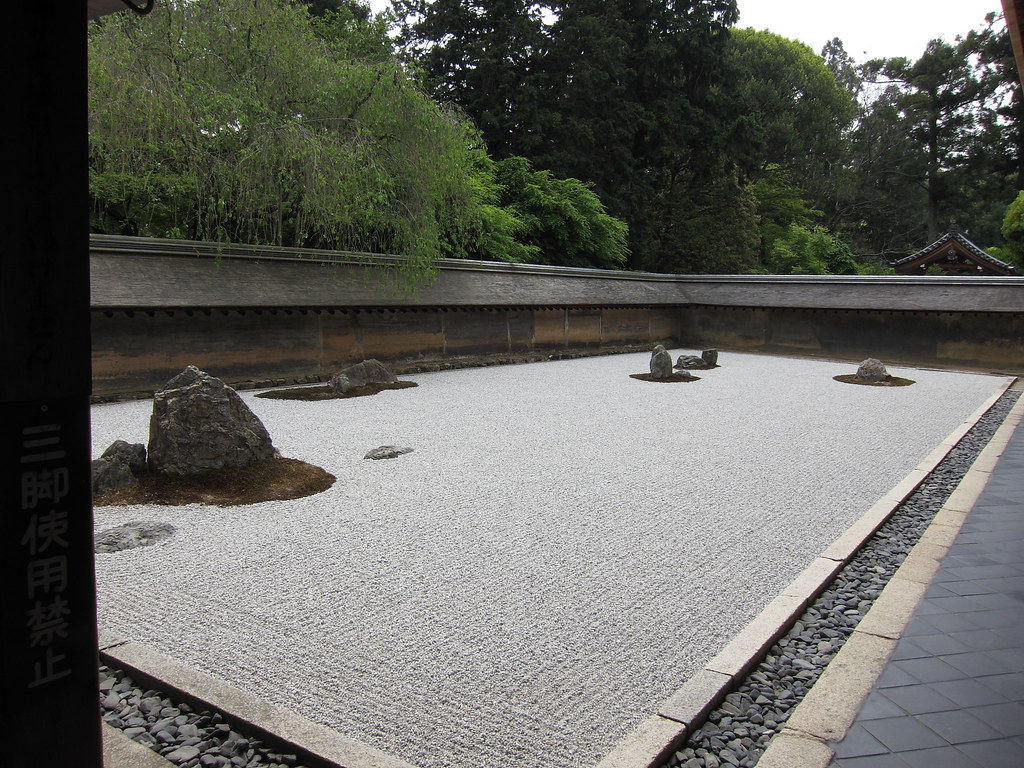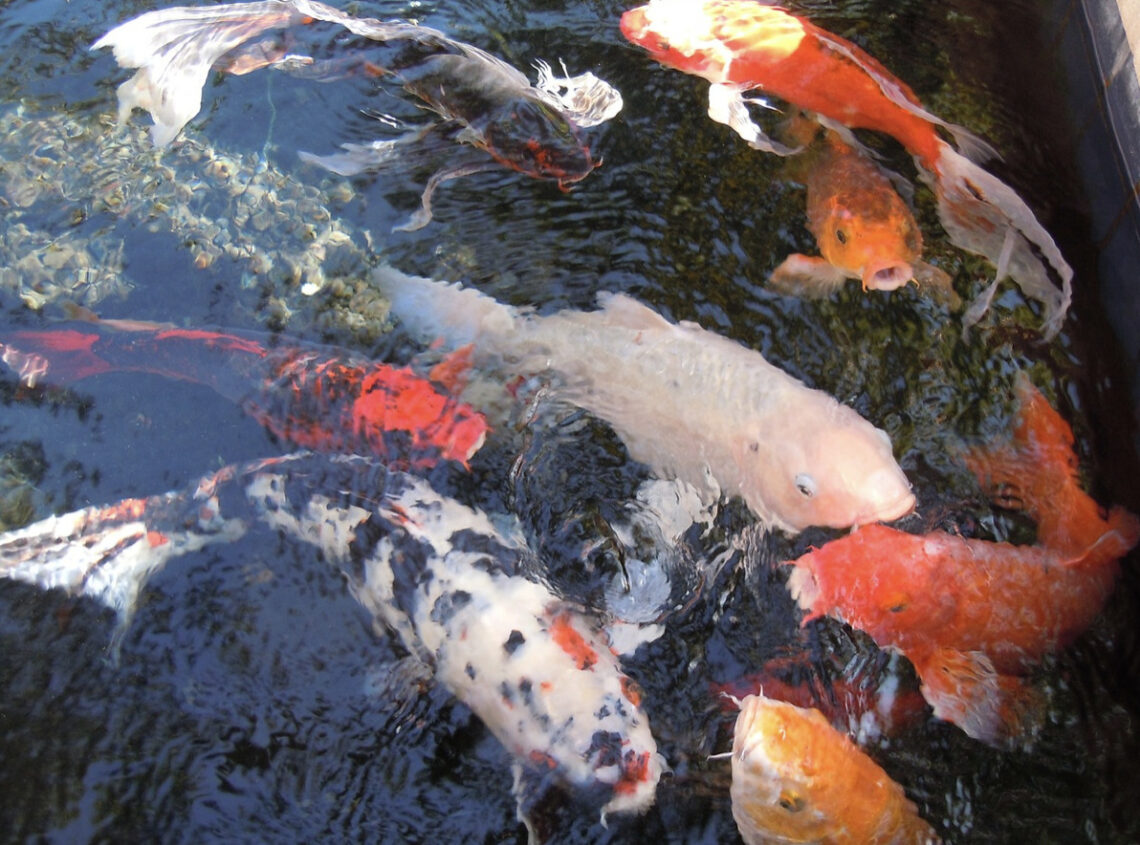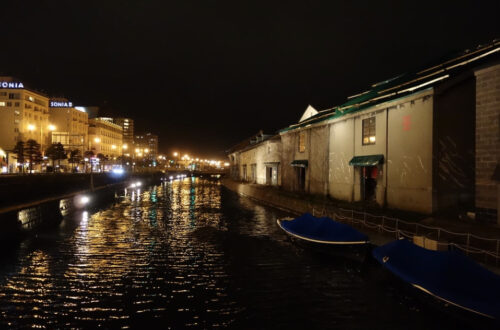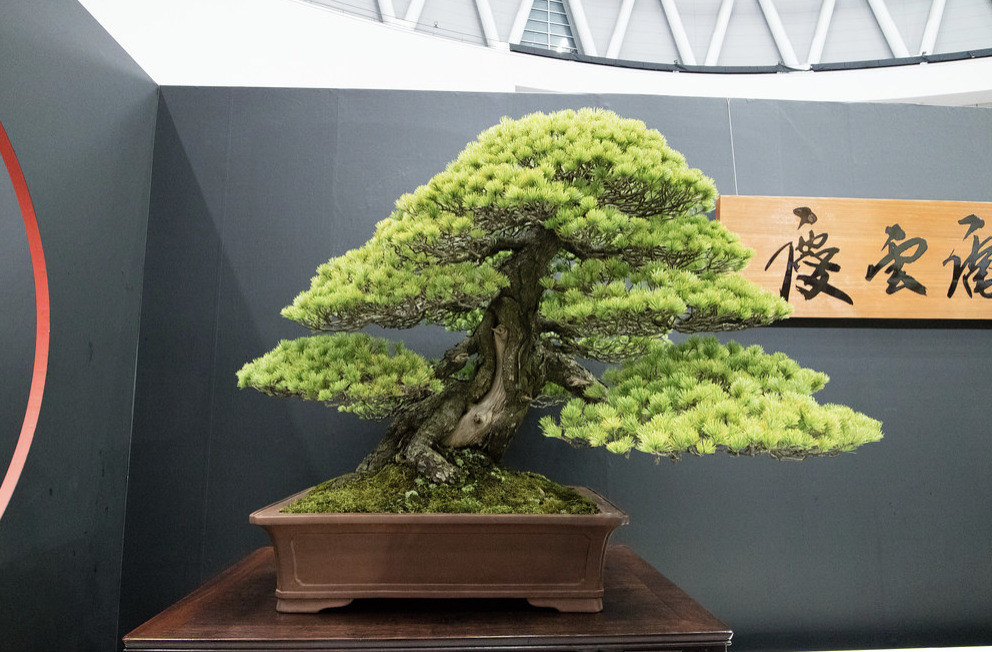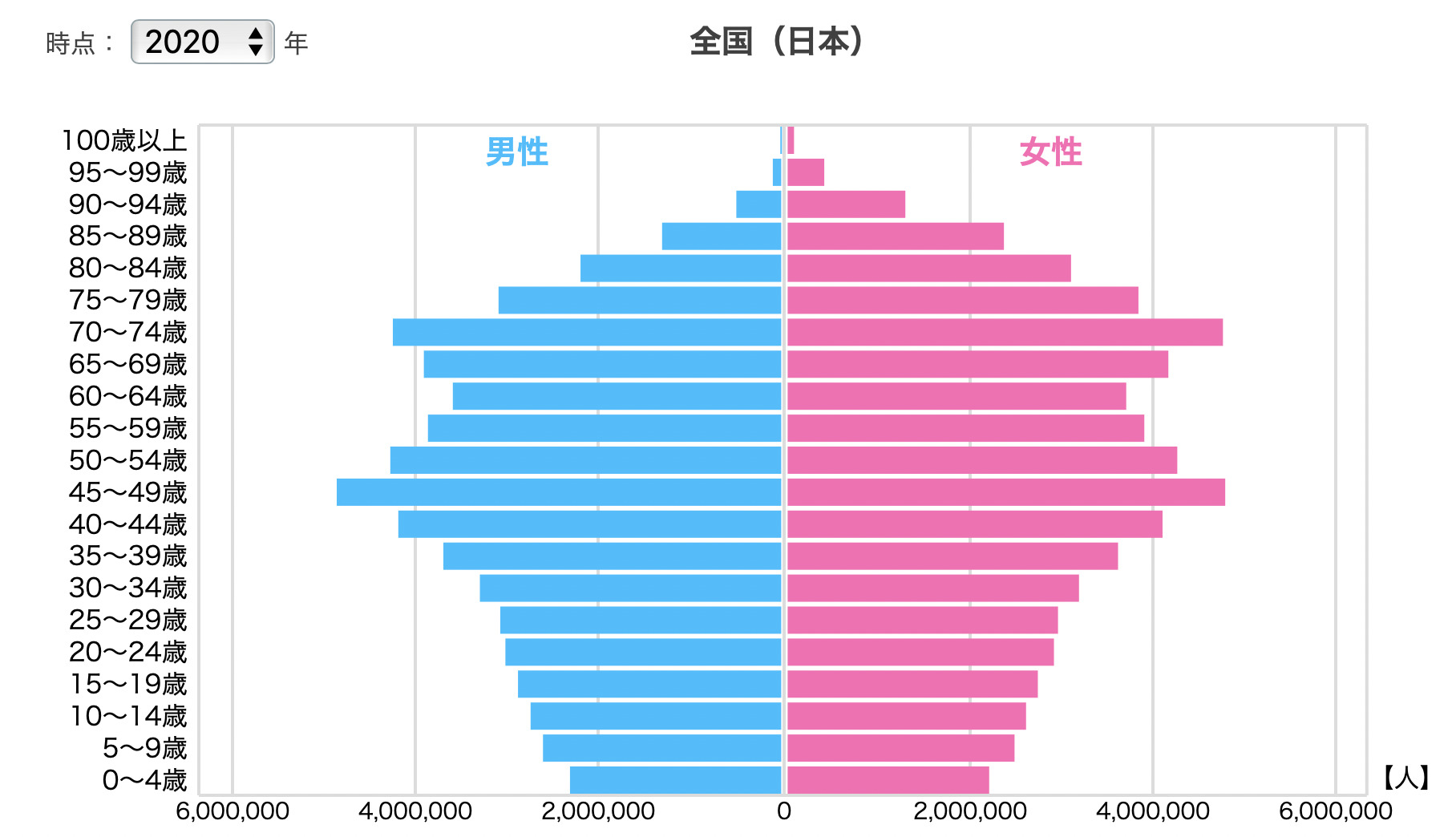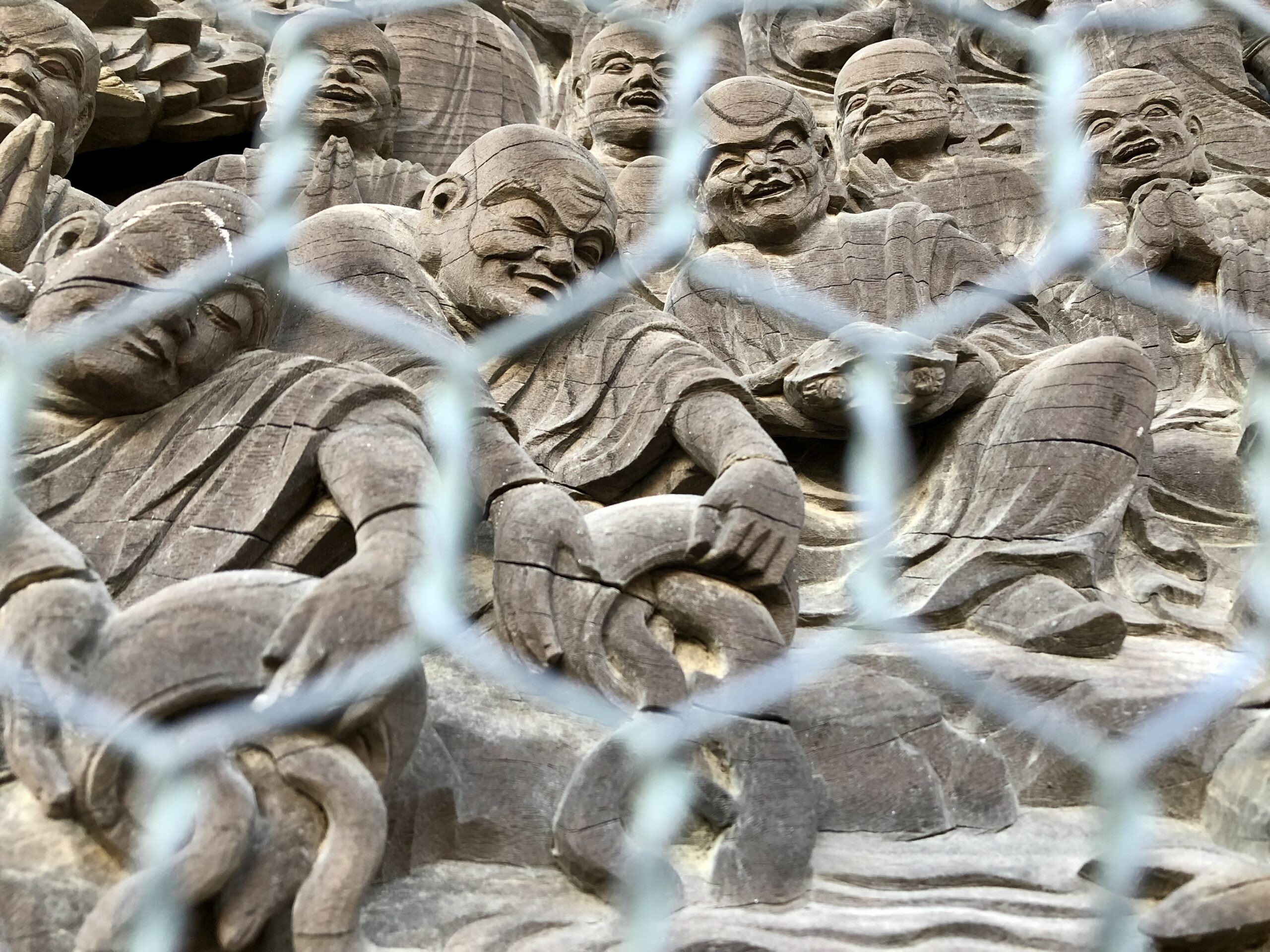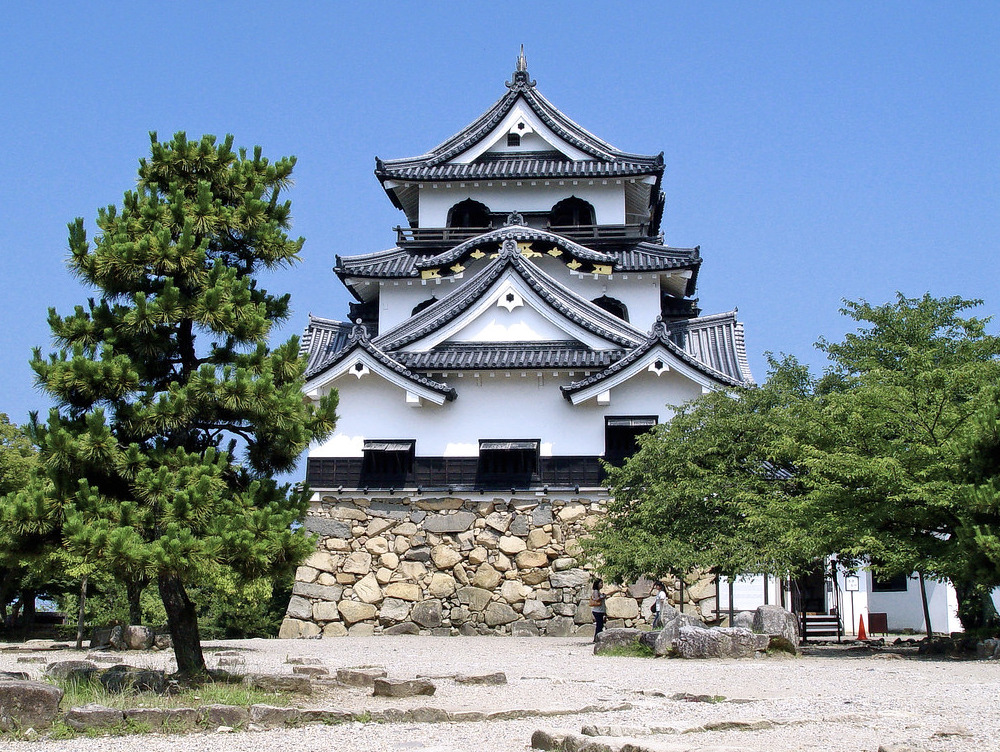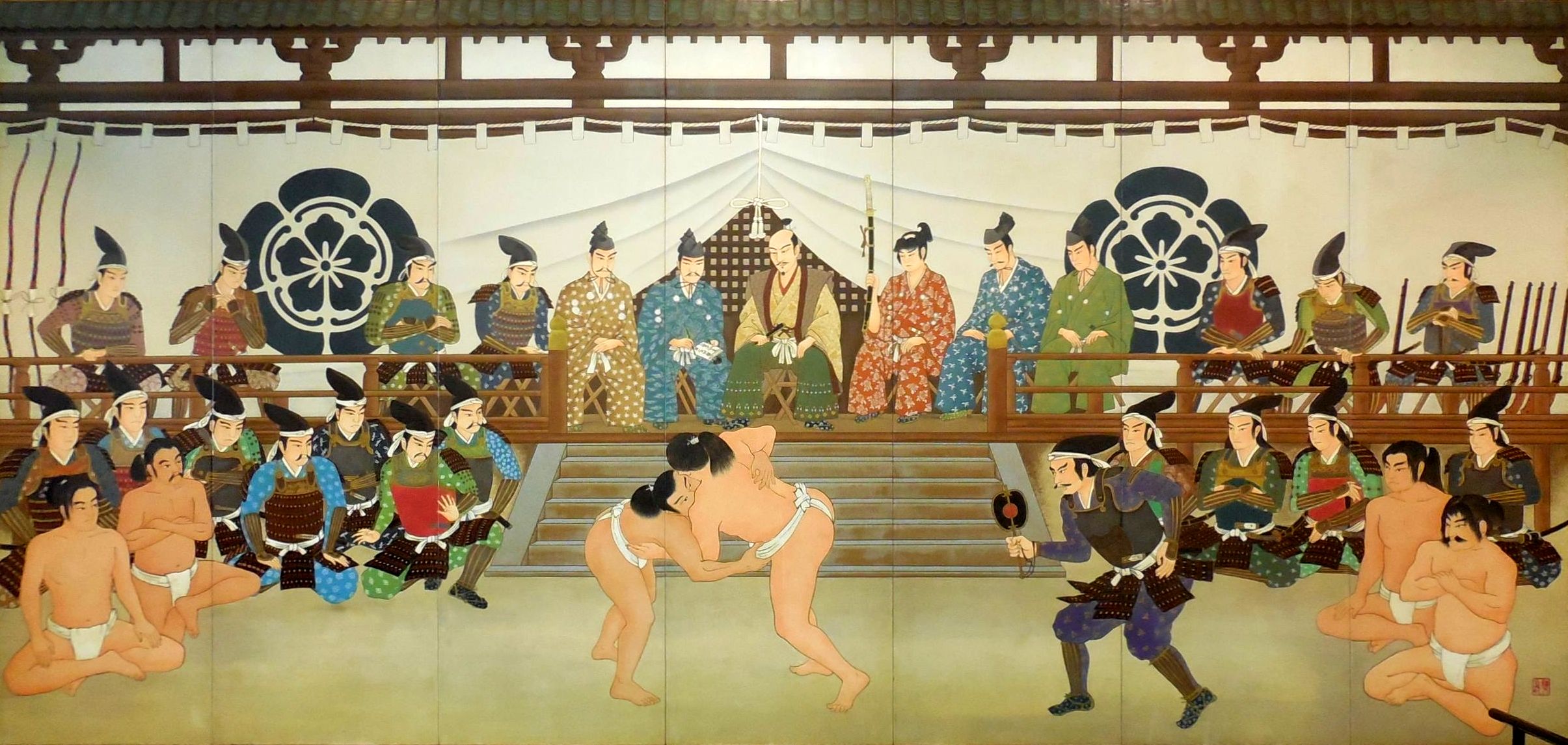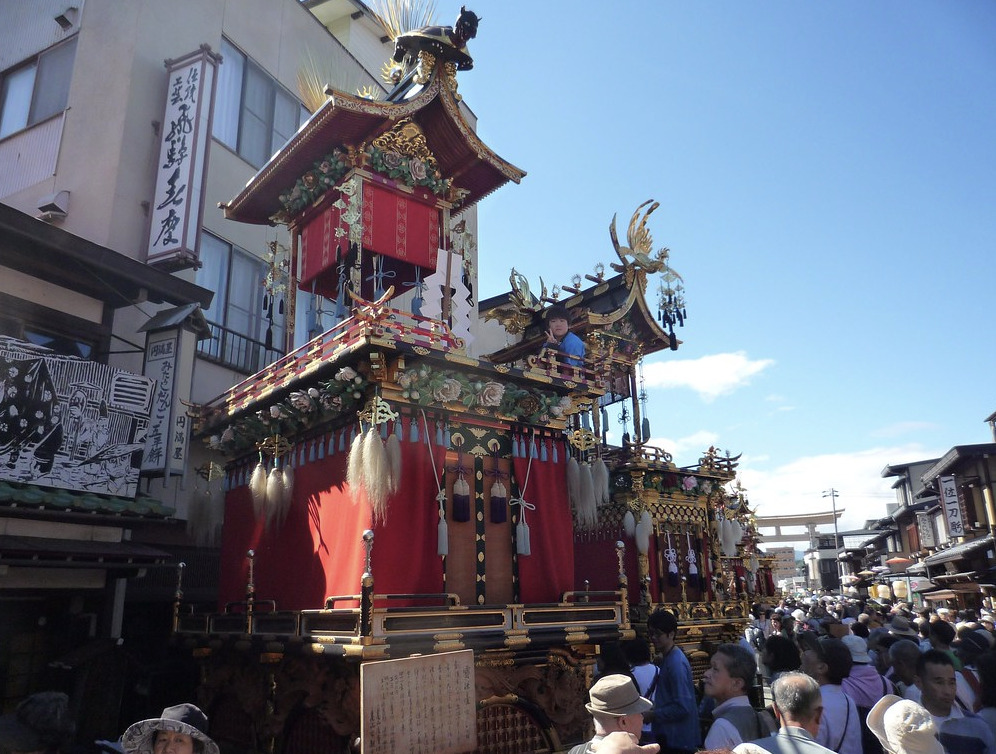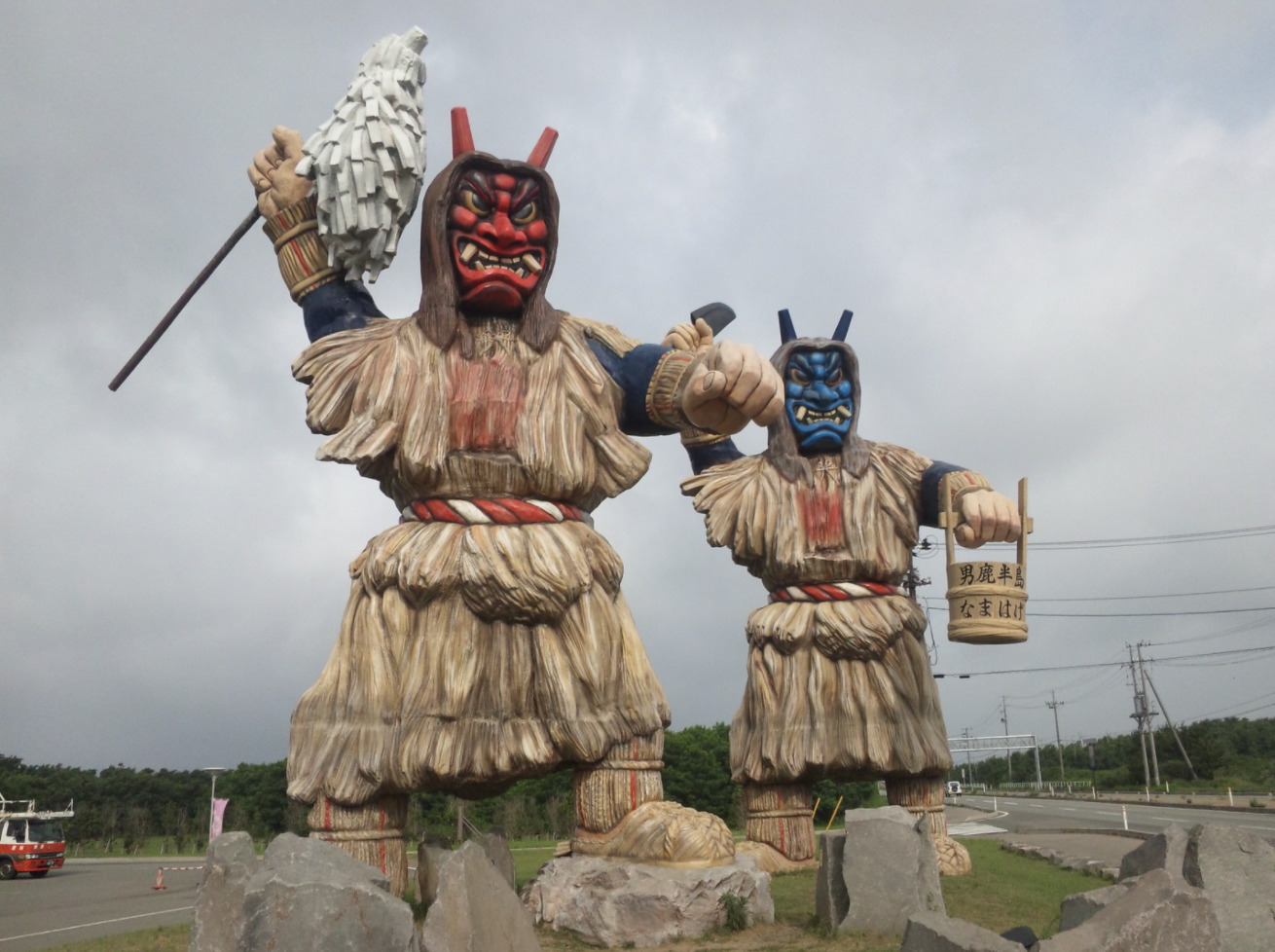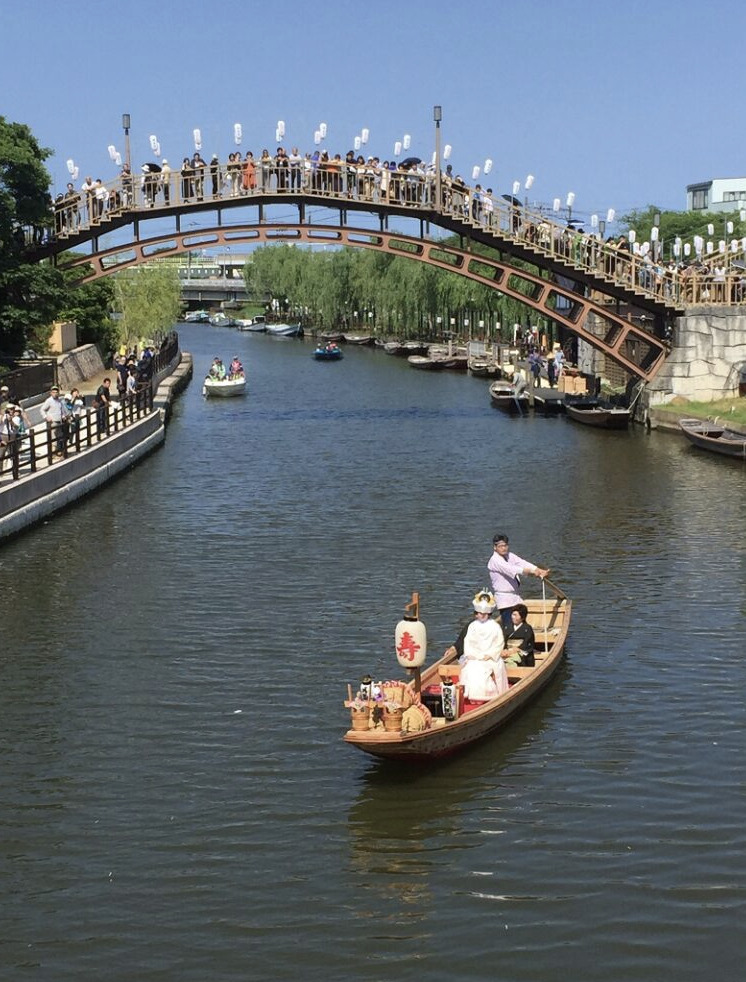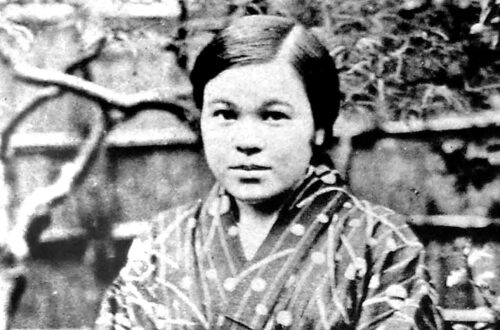-
The Hiroshima Peace Memorial Museum 広島平和記念資料館
The Hiroshima Peace Memorial Museum is a museum located in Hiroshima City, Hiroshima Prefecture, which opened in 1955. The enormous damage caused by the atomic bomb dropped on Hiroshima City on August 6, 1945 is passed down to the future through testimony, relics, and materials from that time. Not only is there the exhibition of dolls that were exposed to the radiation, there is also: the “Human Shadow Etched in Stone” where the heat rays of the bomb left a figure on the stone, the photograph of a girl who was burnt, and the historical background that led to the dropping of the atomic bomb along with the history of…
-
Fushimi Inari Taisha 伏見稲荷大社
Fushimi Inari Taisha in Kyoto is the headquarters of Inari Shrines scattered all over the country, and the Inari god who controls the fertility of five grains is enshrined there. It is also deeply worshiped as a god of business prosperity and family safety. The mysterious and spectacular red Senbon Torii, or one thousand gates, attracts attention and has become a popular spot for both domestic and overseas tourists. The fox-shaped votive tablet and the roasted sparrow, a specialty of the gate, are also popular. There is no closing time and you can worship all day long, so it is quite busy, therefore if you want to take a picture…
-
Rakugo 落語
Rakugo is a type of traditional Japanese storytelling that was established in Japan during the Edo period and has been handed down to this day. The speaker tells many funny stories about the lives of ordinary people in Edo, and at the end he gives a punchline. A speaker in a kimono sits alone on a cushion in the center of the stage and uses fans and towels to speak the lines of many characters using different voice tones. The speaker is trained, and if his / her ability is recognized, he / she will be certified as “Shinuchi”, or the maste 落語は江戸時代の日本で成立し、現在まで伝承されている伝統的な話芸の一種です。話者は江戸時代の庶民の生活にまつわる数々の話をおもしろおかしく、最後には「落ち」をつけて話します。着物姿の話者がひとりで舞台の中央の座布団に座り、扇子や手ぬぐいなどを用い、多くの登場人物のセリフを声のトーンを使い分けながら話します。話者は修行を積み、実力が認められると「真打ち」に認定されます。
-
二次口述試験まで1週間
あれよあれよという間に、全国通訳案内士の二次試験まで残り1週間となりました。 会場は東京外国語大学の府中キャンパス。府中って行ったことないし土地が分からない。昔、3億円事件があったところ?というレベル。格安航空券を使うので発着は成田だから結構遠いです。 平日は仕事で疲れるし金曜日には業務上の少し大きめのイベントを控えているので、今日が勉強に時間を使える最後の一日でした。予定通りにはまったく行きませんでしたが、残り数日間、やれることをやるしかないと思っています。 予報を見ると試験当日の東京の気温は日中12℃。コートはなくて大丈夫そう。試験はマスク着用のまま行うそうです。スマートウォッチは使用不可なので、別の腕時計をしていかなければなりません。 話は変わりますが、新しいスマートホンのレビューなどを見ていると(特にGoogleのPixel 6 など)AIによる音声認識のレベルがまた一段と向上していることに驚かされます。単に言葉のやりとりということに限って言えば、通訳業務は機械に取って代わられる日も遠くないかもしれません。ですからやはり会ってよかったと思ってもらえるようなホスピタリティ、おもてなしの心がますます大切になってくるような気がします。 来週の試験は、できてもできなくても、笑顔でがんばるぞ。
-
Kabuki 歌舞伎
It is said that Kabuki was created by Izumo no Okuni, a woman who was active from the latter half of the 16th century to the beginning of the 17th century, and became popular in Kyoto. Kabuki dance was regulated by the Shogunate, and females and young men were prohibited from performing on stage. After that, Kabuki dance declined for a while, but it developed greatly in the Edo period due to more sophisticated stories and ingenuity of stage equipment. Today, it is registered as a UNESCO Intangible Cultural Heritage as a stage performing art that represents Japan. 歌舞伎の起源は、16世紀後半から17世紀のはじめにかけて活動した出雲の阿国という女性が始め、京都で人気を博した、阿国歌舞伎だと伝えられています。歌舞伎踊りは幕府による規制を受け、女性や若い男性が舞台で演じることを禁止されました。その後、歌舞伎踊りは一時衰退しましたが、より洗練されたストーリーや舞台装置の工夫により、江戸時代に大きく発展しました。現在では日本を代表する舞台芸能として、ユネスコの無形文化遺産に登録されています。
-
Tempura 天ぷら
Tempura has become an indispensable part of Japanese food. It is a popular dish that is always mentioned as one of the “Japanese food that you want to eat” and “Japanese food that was delicious” by foreign tourists who are increasing year by year. However, tempura is not an ancient Japanese dish, but a Nanban dish that was introduced from Portugal to Nagasaki with the introduction of guns about 400 years ago (in the middle of the 16th century). In Japan at that time, oil was very valuable for lighting, so tempura, which uses a large amount of oil for cooking, was treated as a luxury dish. With the increase…
-
Japanese Sweets 和菓子
Wagashi, or Japanese sweets, have a long history and they are said to date back to the Jomon Period. It is said that during the Jomon period the process of making dumplings was to crush nuts, removing the lye with water, and rolling them. After that, wagashi evolved under the influence of exchanges with Tang (now China) and the development of the tea ceremony culture. While incorporating various materials and making use of traditional techniques, wagashi have been developed by manufacturing and processing methods to produce higher-quality sweets. On the other hand, it is a characteristic of Japanese sweets culture that the traditional dumplings and rice cakes are still strongly…
-
Fermented Foods 発酵食品
Fermented foods are foods made by the works of microorganisms to break down foods. Traditional Japanese seasonings include: soy sauce, miso (bean paste), dried bonito, natto (fermented soybeans), and tsukemono (pickled vegetables) are also fermented foods. The characteristics of fermented foods include preservation, nutrition value, unique flavor, aroma and deliciousness. 発酵食品とは、微生物が食品を分解する働きにより作られた食品のことをいいます。伝統的な和食の調味料のしょうゆ、みそ、かつお節、納豆、つけ物なども発酵食品の仲間です。発酵食品の特徴には、「保存がきく」、「栄養価が高まる」、「独特の風味や香が付き、おいしくなる」などがあげられます。 *微生物 microorganism
-
Ukiyo-e 浮世絵
Ukiyo-e is a genre of art established in the Edo period. Its themes vary from lives and trends of common people, numerous scenic spots to women and actors. It became popular among ordinary people. Ukiyo-e styles include hand drawings and woodblock printings. Some world famous ukiyo-e painters are; Utagawa Hiroshige known for “The Fifty Three Stations of Tokaido Road” and Katsushika Hokusai known for “The Thirty Six Scenic Views of Mt.Fuji”. They received high praise overseas and their styles had a big influence on European impressionists in the 19th century. 浮世絵は江戸時代に成立した絵画様式です。庶民の生活や流行、数々の景勝地、遊女や役者をテーマに描かれ、庶民の間で流行しました。浮世絵には肉筆画と版画があります。代表的な絵師として、「東海道五十三次」で知られる歌川広重や、「富嶽三十六景」で知られる葛飾北斎がいて、海外でも高い評価を受け、19世紀ヨーロッパの印象派の画家達の画風に大きな影響を与えました。
-
Mito 水戸
In Mito City, Ibaraki Prefecture, Tokugawa Nariaki, the feudal lord of the Edo period, founded the Kodokan as a place for samurais of the prefecture to study and practice martial arts. Nariaki also created Kairakuen garden as a place of relaxation for the samurais. It is said that samurais enjoyed shogi and igo while watching the scenery in this garden. Even after retiring from being the feudal lord, Nariaki played an important role as a central figure in the Sonno Joi movement, or the movement of driving out foreigners in order to prove their loyalty to the emperor in the late Edo period. 茨城県水戸市には、江戸時代に藩主であった徳川斉昭が、藩士の学問と武芸の修練の場として弘道館を創設しました。また、斉昭は、藩士の憩いの場として偕楽園を作りました。この庭では藩士たちが景色を眺めながら将棋や囲碁を楽しんだと伝えられています。斉昭は藩主を退いた後も、幕末の尊王攘夷運動の中心人物として活躍しました。
-
Colored Carp 錦鯉
Nishikigoi is a general term for Koi carp (Cyprinus carpio) varieties that have been improved for ornamental fish. The colorful body color is referred to as Nishiki. In Niigata Prefecture, Japan, breeding and aquaculture have evolved, and imports to various parts of Japan and overseas exports have progressed. The Koi carp is also called “living jewel” or “swimming work of art”. 錦鯉は、 観賞魚用に改良したコイ(Cyprinus carpio) の品種の総称です。色鮮やかな体色が錦にたとえられた。日本の新潟県で品種改良や養殖が進み、国内各地への移入や海外輸出が進みました。「生きた宝石」「泳ぐ芸術品」とも呼ばれています。
-
Bonsai 盆栽
Bonsai refers to a hobby of planting tree and moss in pots in addition to grass and observing the branches, leaves, the bark, roots and pots, or the whole figure. It is characterized by resembling a natural landscape. In Omiya, Saitama Prefecture, there is a bonsai town that developed as a result of the group migration of bonsai companies affected by the Great Kanto Earthquake of 1923. As many as 30,000 bonsai fans from home and abroad gather in this town every year. 盆栽とは、木のほか草、苔を鉢に植えて、枝ぶり、葉姿、幹の肌、根および鉢、もしくはその姿全体を鑑賞する趣味のことで、自然の風景を模して造形するのが特徴です。埼玉県大宮には、1923年の関東大震災で被災した盆栽業者が集団で移り住んだことがきっかけで発展した盆栽の町があります。この町には年間3万人もの盆栽ファンが国内外から集まります。
-
Hikone Castle 彦根城
Hikone Castle is a modern castle which began construction in 1604 and took about 20 years to complete. Hikone Castle used to have large castle grounds which included a triple moat, an artificial river and a castle town. The area inside the Nakabori moat was designated as a national “historic site” in 1946 for its stone wall structure that remains in good shape, and as a “special historic site” in 1951 and has been preserved carefully as a national common property. 彦根城は慶長9年(1604)に工事が始まり、約20年かけて完成した近世城郭です。かつての彦根城は、三重の堀や人工河川、城下町を含む大城郭でした。その中で、中堀より内側の範囲は、石垣で構成された城郭平面構造が極めて良好な形で残っていることから、昭和26年に国の「史跡」、同31年には「特別史跡」に指定されており、国民共有の財産として大切に守られています。
-
Takayama Festival 高山祭
You can hear the sounds of bells and drums twice a year in spring and autumn in Takayama City, Gifu Prefecture. The Autumn Takayama Festival which is held in October is an annual festival of the Sakurayama Hachimangu Shrine. As Takayama developed as a castle town, rich townspeople who had accumulated money built glittering floats in order to show off and compete with each other. Visitors can enjoy seeing the elaborate sculptures and karakuri dolls, or mechanical dolls, which have been installed on the floats. 岐阜県高山市に春と秋の年2回、鐘や太鼓の音が響きます。10月の「秋の高山祭」は、櫻山八幡宮(さくらやまはちまんぐう)の例祭。高山が城下町として発展する中で財力を蓄えた町人たちが、きらびやかな屋台を競い合うように造りました。訪れた人々は精巧な彫刻やからくり人形を見て楽しむことができます。
-
Itako 潮来
Itako City is in the southeastern part of Ibaraki Prefecture, on the border with Chiba Prefecture, and has a population of about 30,000 people. Since it is located near Kasumigaura and many wetlands, boats were necessary for the local people in the olden days. In the Edo period, the city prospered as a rice accumulation area dealing with rice from Tohoku to Edo. Millions of flowers including various kinds of iris bloom in June when “The Water Town Itako Iris Festival” is held. 潮来市は茨城県の東南部、千葉県との県境にある人口およそ3万人の市です。霞ヶ浦に近く、湿地帯が多いことから、昔は船が生活に欠かせませんでした。その豊かな水の便を活かし、江戸時代には、東北から江戸に運ぶ米の集積地として栄えました。「水郷潮来あやめまつり」が開かれる6月、岸辺には、アヤメにカキツバタ、ハナショウブなど、100万株の花が咲き誇ります。


